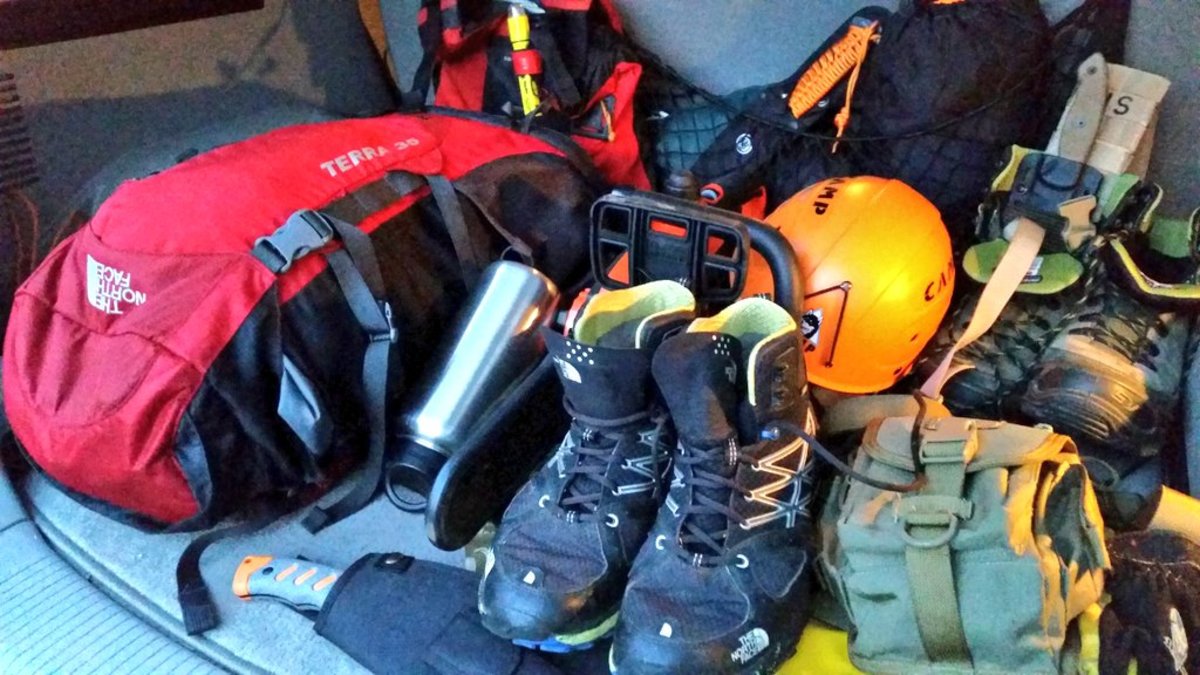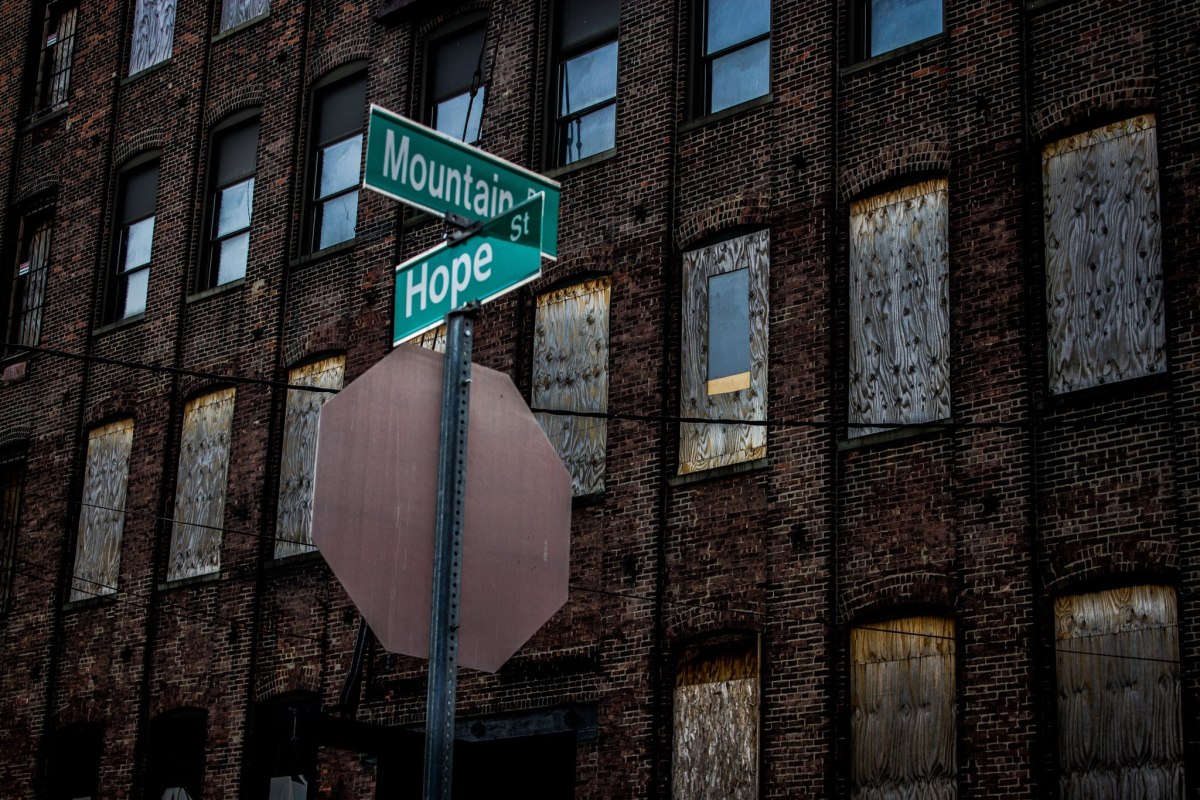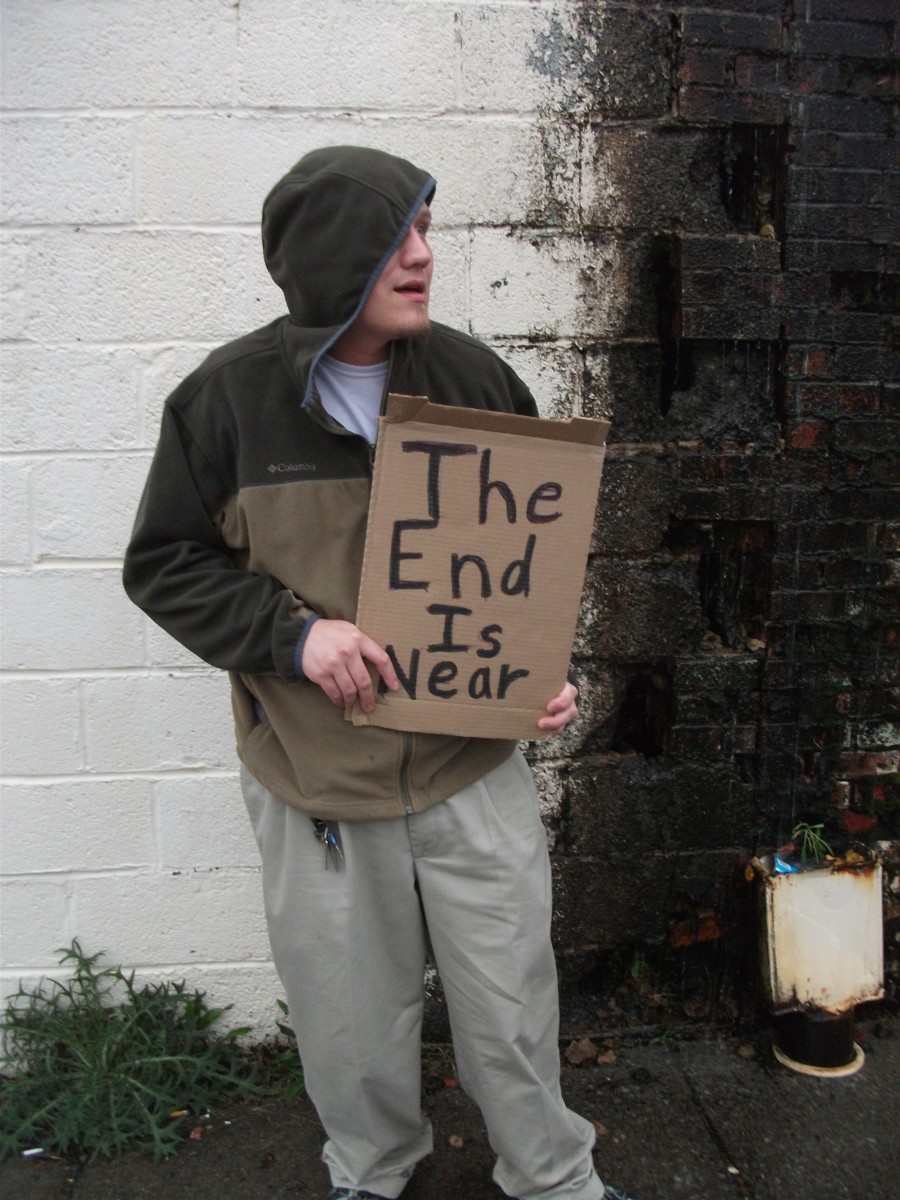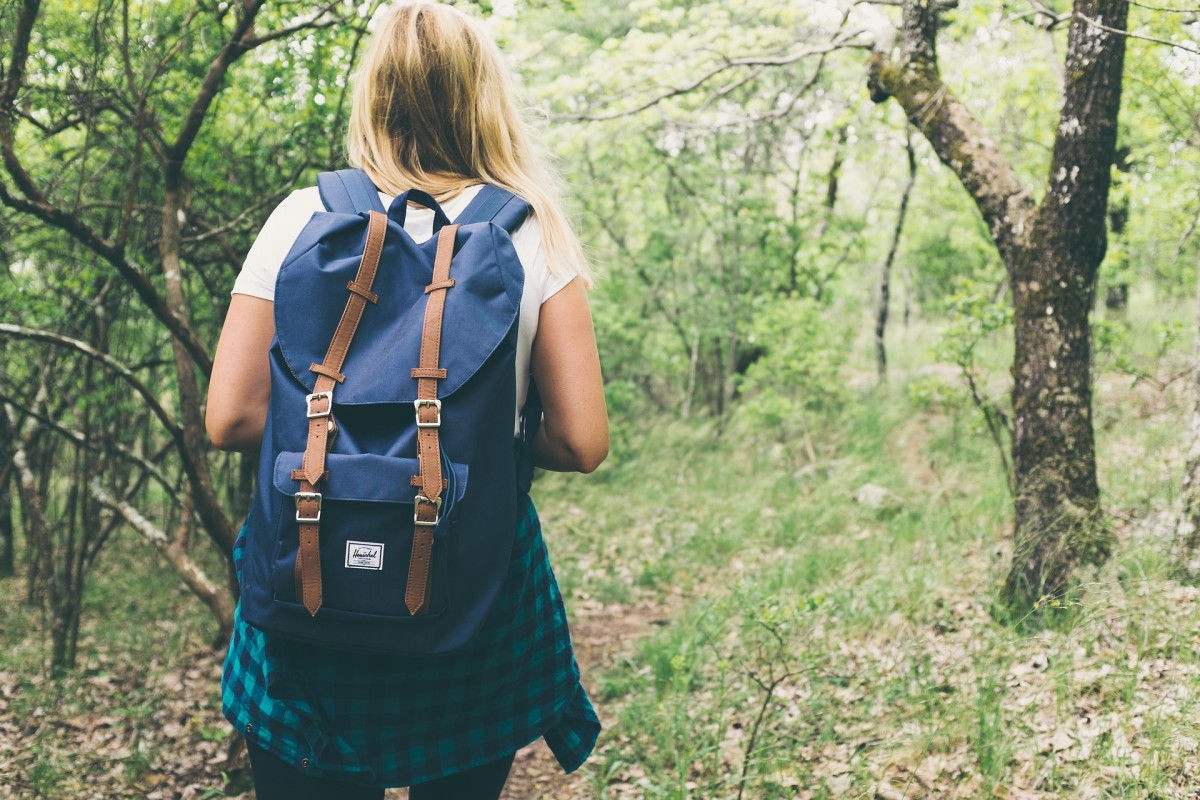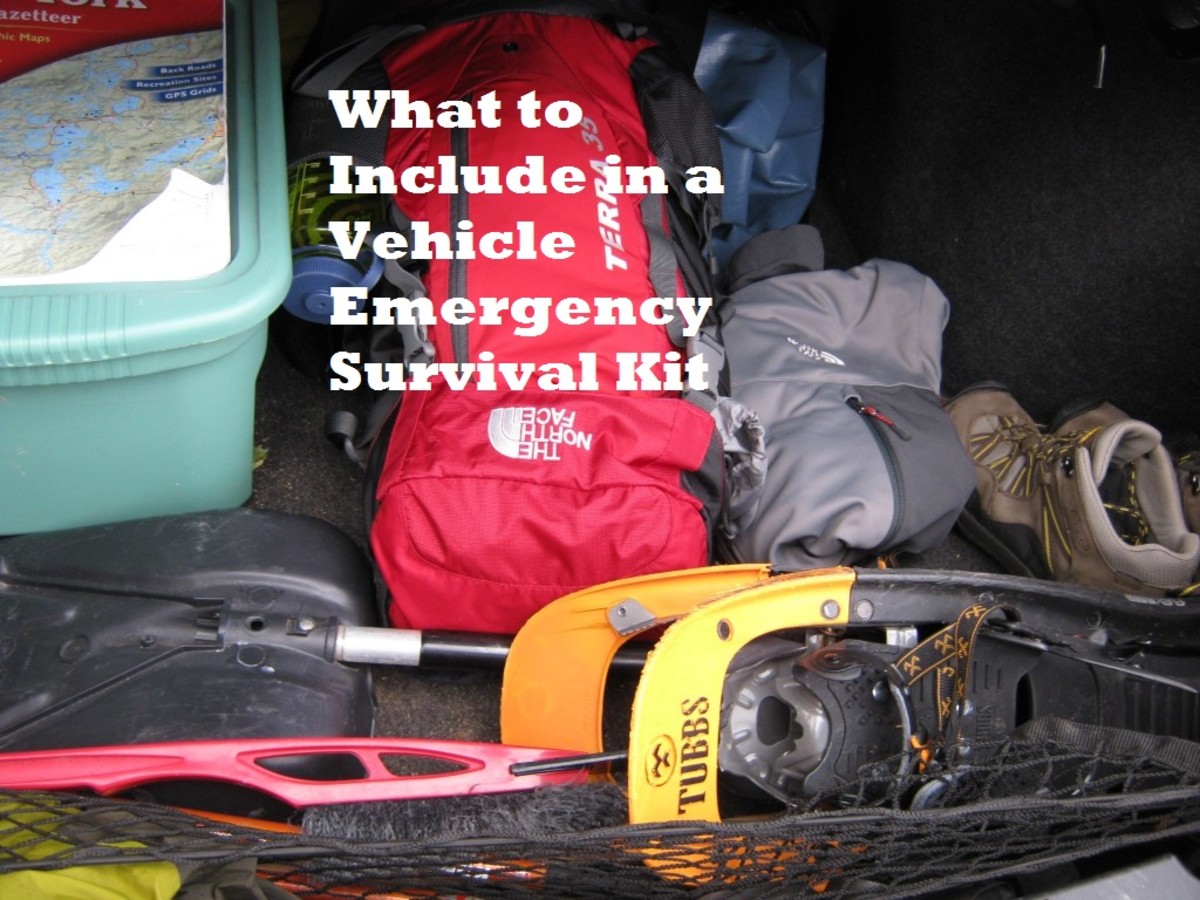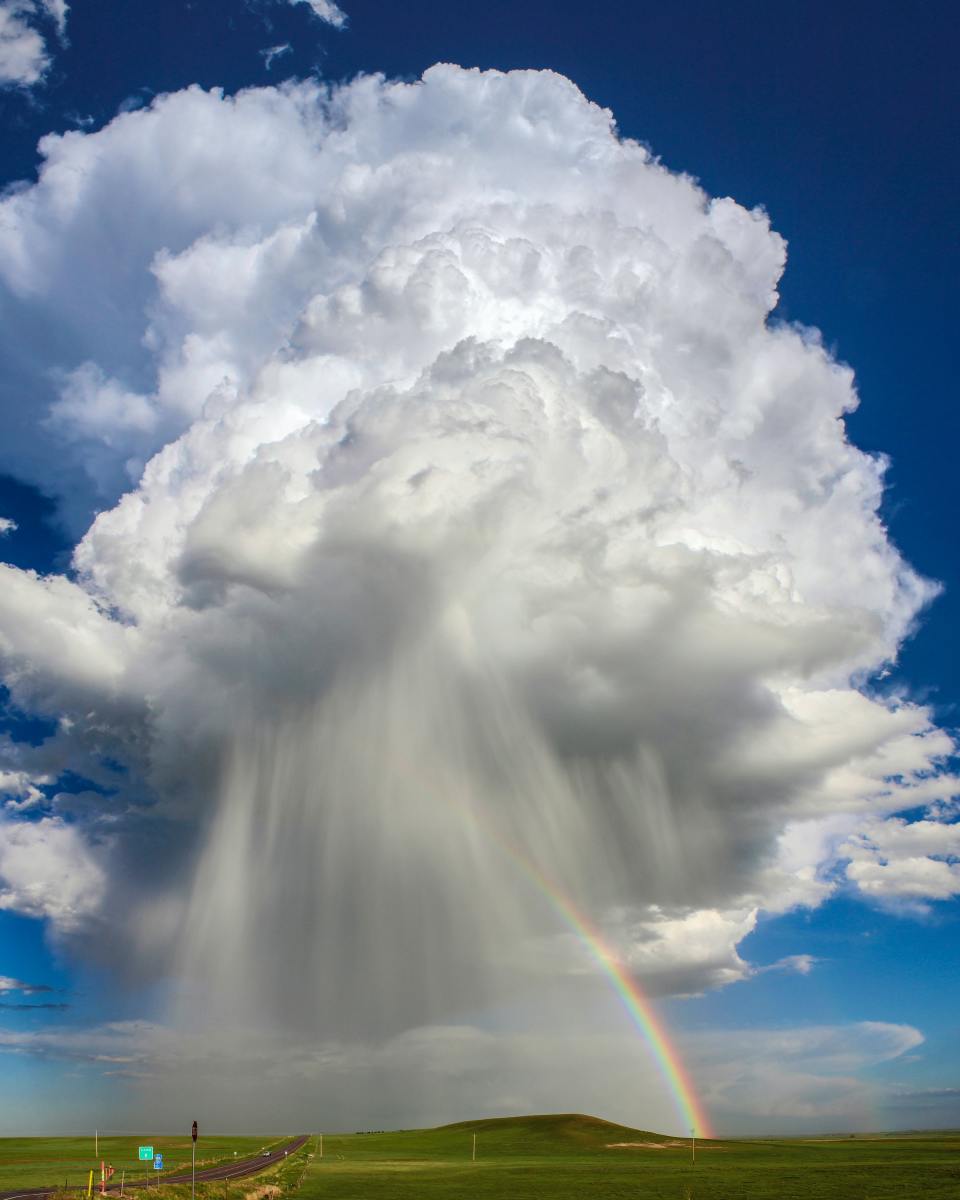Emergency Essentials to Prepare for Doomsday
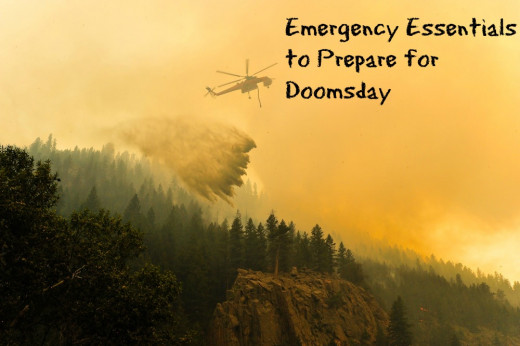
When the SHTF
The word “Doomsday” brings on the connotation that the world is ending but in this instance I’m using it as the end of the world as we know it: more accurately, the end of life as we know it, or at least a temporary suspension of the comforts of civilization that most of us take for granted.
There would be no reason to prepare for the literal end of the world except to make peace with God or come to terms with your own spirituality. There is a need to be prepared for non-Earth ending disasters such as tornadoes, hurricanes, earthquakes, droughts, food shortages, and possible civil unrest.
Most of these types of disasters happen quite often and are getting worse each season, while others are becoming more frequent as evidenced with the longest recorded drought in California history, or the loss of civil control in New Orleans during hurricane Katrina and more recently the riots in Furguson, MO and in Baltimore, MD. And I would be remiss not to mention the 1000 year flooding that recently occurred in my own home state of South Carolina.
While no short article can prepare you for every possible disaster, there are a few emergency essentials that we can be familiar with to become better prepared for when the SHTF. Study these emergency essentials and you will be prepared even in the unlikely event that zombies attack. Just remember that being prepared will significantly increase your ability to respond and recover from any disaster.
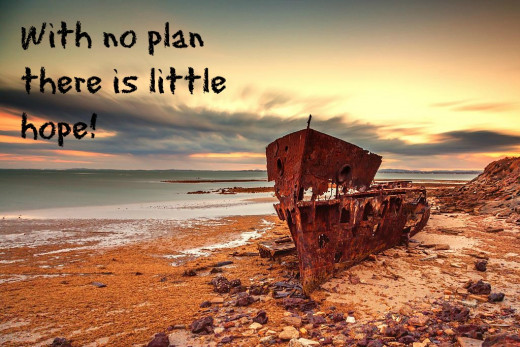
Plan of Operation
Disaster can strike at any moment and you may be at work or away on vacation or you may or may not be at home. It is important to have a plan in place and discussed with the members of your family and your close friends.
The very first part of this plan should be to open a line of communication if possible. You will want to let your family and friends know where you are and how soon you can make it to rendezvous at a pre-determined location.
However, there may be times when there is no way to open a digital or analogue line of communication so you will have to trust the plan you have established is going to be followed by all the parties considered and that you have prepared for any disaster by making sure you have addressed the following 10 emergency essentials.
Communication
Opening a line of communication with your family or friends will probably be the first thing you think of doing when disaster strikes. Not only will we have a deep desire to know that our significant others are safe but we will also be looking for relevant news.
For most people, cell phones will be our first choice for communication and in many situations this will be sufficient unless cell towers and service is disrupted. Land lines will probably be out of service as well, especially if the local power is also disrupted. The next best choice would be to have access to multiple 2-way, Ham radios that run on mostly unused or low traffic frequencies.
Each person in your party should have a radio in their “bug out” bag. Be aware that even though many handheld radios claim to have at least a 30 mile range, that range is during optimal conditions. In most cases, handheld radios will have a maximum range, without line of sight, of 2 miles unless you incorporate some sort of repeater station.
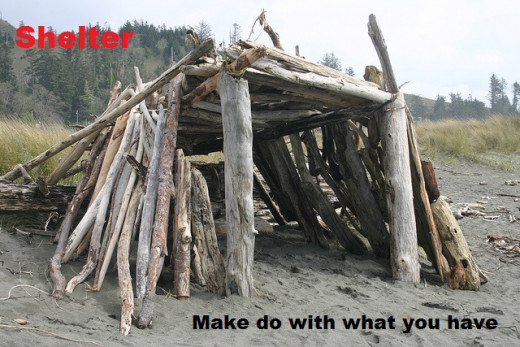
Shelter
In all likelihood, you will be at home when disaster strikes. Your home, regardless if it is a 5000 square foot fortress or a 500 square foot apartment will become your primary source of shelter. There is really no need to vacate your home unless it is declared by your state to evacuate the area.
In the case of an evacuation, your plan of operation should include a “Plan B” or secondary source for shelter. Your “Plan B” will depend on the type and urgency of the impending disaster. For example, if the impending disaster is a fast approaching hurricane then your secondary source of shelter might be for you and your group to rendezvous at a relative’s home outside the range of the hurricane.
Food
It is unlikely that any emergency would cut off your food supply for more than 2 weeks but even so, a 2 week supply of food is essential for all members of your party. Also, having a 2 week supply does not mean you pack that food away and save it “just in case.” Use the foods you already have and rotate the expired foods out of your supply.
Take into consideration any special dietary needs of your party; infants, toddlers, nursing mothers, diabetic parents, etc. Try to include foods that are high in calories and nutrition but also foods that don’t require refrigeration or special cooking preparation.
However, if you are more inclined to prepare for the “just in case” scenario, then you might want to consider purchasing Meals Ready to Eat (MRE’s) which is the same type of foods the military issues to the troops to maintain optimal nutrition. Being an Army veteran, I can honestly say, they’re not that bad.
Have you ever been in a natural disaster?
Water
The truth is, when it comes to basic survival, water is more important than food. Most people can survive without food for about 2 weeks but will not last more than 3 days without water. In fact, most people need a minimum of 1 gallon of drinking water per day. The need for clean water is absolutely an essential for survival, not just for drinking, but also for preparing meals and proper hygiene.
While preparing for a looming disaster there are a couple things to consider: how much water to store and a way to filter or purify water. As mentioned above, you will need at least 1 gallon of water per person per day but also consider a gallon of water per day for each of your pets. You will want to store your water in food grade containers and it would be wise to plan on at least a week long supply. You will also want to have a water filter or micro-filter that can remove microorganisms but also consider either chemical treatments or boiling your water to disrupt the microorganisms that micro-filters will not catch.
Disaster Preparedness Links
- Disaster Preparedness for Your Pet| Features | CDC
If a natural disaster strikes, what will happen to your pet? Be prepared: make a plan and prepare a disaster kit for your pet. - Emergency Preparedness | Prepare for a Disaster | Red Cross
The American Red Cross provides emergency preparedness information, videos and tips on how to prepare for a disaster or an emergency. Get these life-saving tips today! - Ready.gov
This .gov site asks individuals to do three key things: (1) build an emergency supply kit, (2) make a family emergency plan and (3) be informed about the different types of emergencies that could occur and their appropriate responses.
Final Thoughts
This is, by no means, a conclusive survival guide. This article is meant to highlight the most important areas of emergency essentials to focus on to prepare for a disastrous situation. Once you are satisfied that you have properly prepared, you might want to consider reviewing other areas that are essential to coming out of a disaster with minimal loss.
Some of those areas to review include health and hygiene, safety and security, power sources and fuel, tools and guidebooks, and personal documents and photos. Also, while considering these areas for yourself and family members, also make considerations for your pets. The list to the right has several links to help you prepare for disaster survival whether it is for the short term of long term. Just remember this old cliché, “It’s always better to be prepared and not need it than to need it and not be prepared.”

